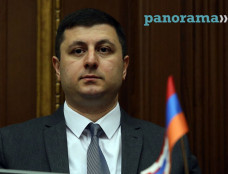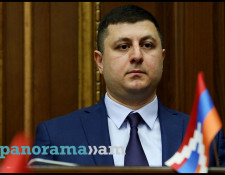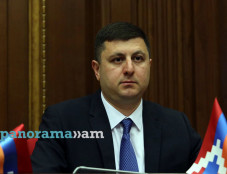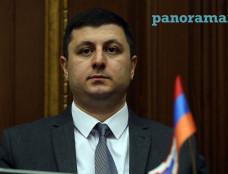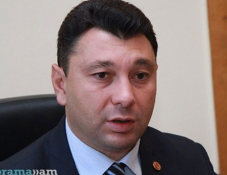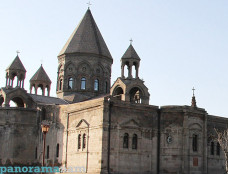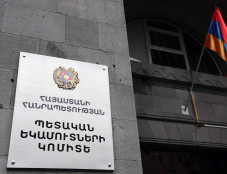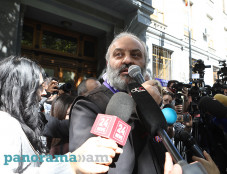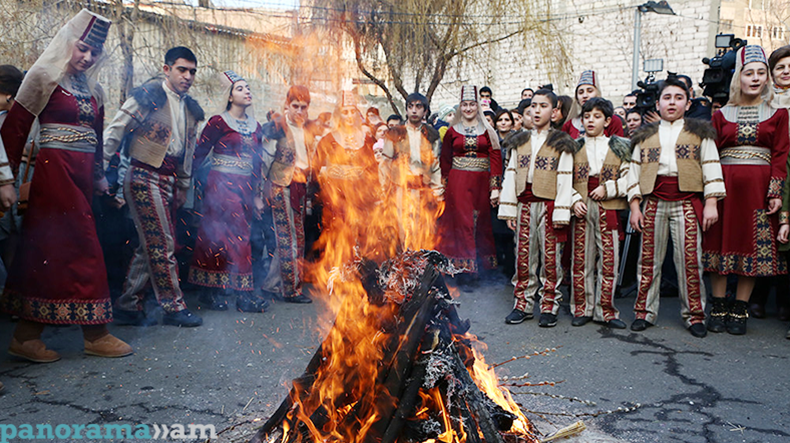
Armenian Church celebrates Feast of Lord's Presentation to Temple (Tiarn’ndaraj) on Feb. 14
The Armenian Apostolic Church celebrates the Feast of the Lord’s Presentation to the Temple on February 14. Tiarn’ndaraj (Trndez), or Candlemas as it is known in the West, symbolizes the presentation of the 40 day-old Christ Child to the Temple in Jerusalem.
Qahana.am reports in accordance with the Law of Moses, the infant Christ was brought to the Temple by Mary and Joseph and presented to God. A man named Simeon was there, to whom it had been revealed that he should not see death before he had seen the Lord. Simeon held the infant in his arms, blessed God, and said, “Lord, let your servant now depart in peace, for my eyes have seen your Salvation, which you have prepared before the face of all people. A Light to lighten the Gentiles, and the Glory of Your people, Israel.” (Luke 2:29-32)
In the tradition of the Church, Evening Services (Nakhatonak) are conducted on the night preceding the Feast Day. At the conclusion of the service, the priest lights a candle from the Holy Altar, and distributes the flame to all present. With great care, the faithful take the lit candles home to their families.
The morning of the Feast Day, Divine Liturgy is celebrated in Armenian churches throughout the world. The hymn offered during the Liturgy commemorating Tiarn’ndaraj glorifies Simeon’s articulation of “a Light to lighten the Gentiles”. The hymn praising Simeon also lauds the Mystery of the Incarnation.
Many additional customs have been inherited from the past, including the blessing of the four corners of the world in the Andastan Service, the blessing of newlywed couples, as well as offering prayers for the crops and fertility of the fields.
Traditionally Armenians make a bonfire, go round it and jump over the fire on the evening of February 13 or early on February 14 when the Armenian Church celebrates Tiarn’ndaraj, which is one of the most beloved holidays among newly-weds.
This is a joyful holiday in all provinces and villages of Armenia, as well as in capital Yerevan, celebrated by young adults, newly-weds and all families in general. People make bonfires in their yards, make circles and go round the bonfire, and in the end they jump over the flame. Newly-weds jump over the fire in couples, and on this day recently married women usually receive gifts from their mothers-in-law.
The fire symbolizes the light, the warmth, the joy and also protection against evil.
Newsfeed
Videos







